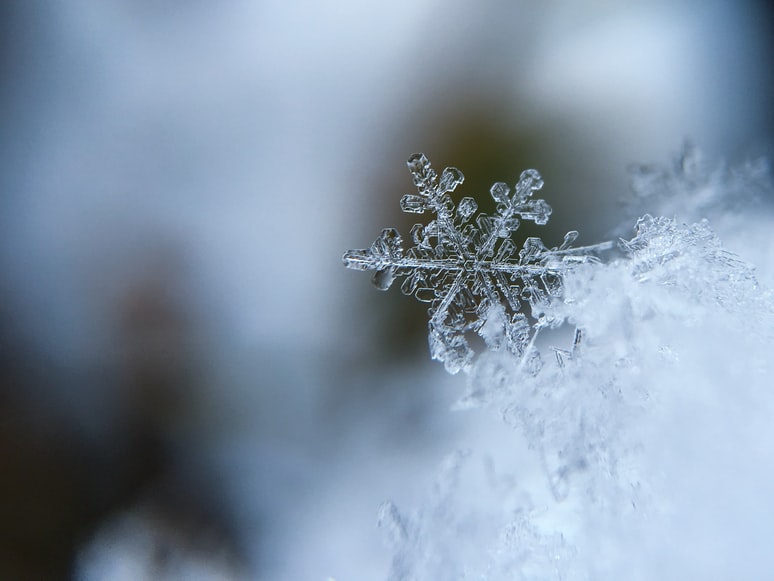Winter Solstice 2021: What To Know

Daylight Saving Time in some of the US states has already ended. And Americans know what comes with it - the nights will become longer, and the weather becomes colder. Some people don't know why this happens; but they are aware that it happens every year. If you're not familiar with this phenomenon, then it's time to understand what it is. In this article, learn everything you must know about the upcoming Winter Solstice 2021.
A Glimpse on Winter Solstice 2021
If you hear your neighbor talking about the Winter Solstice and you're clueless about it, worry not because you'll learn everything you need here. Winter Solstice, or December Solstice as others say, is when the sun reaches its southernmost point in the sky. It is soon to happen this year, on December 21 (Tuesday) at 15:59 UTC. (If you need to translate it to your local time, wherever time zone you are right now, you may do so here).
What is A Solstice?
Before you learn what will happen this Winter Solstice 2021, it's time to understand what a solstice is. A solstice is an astronomical event affected by the shape of the Earth's axis and its orbital motion around the sun. The Earth doesn't orbit upright, meaning it's tilted on its axis by 23 1/2 degrees. As such, it leads the planet's Northern and Southern Hemispheres to trade places when it comes to receiving sunlight.
Therefore, it is the tilt and not the distance that causes summer and enter. This December, the Northern Hemisphere leans farthest away from the sun. On the northern part of Earth, the shortest day comes at the Winter Solstice. If you like long nights, you have to cherish them while it is still observed because once the winter solstice is over, the days will become longer again.
When is December Solstice 2021?
This year, the December solstice will be observed on December 21 at 9:59 a.m. CST. That would be 15:59 (3:59 p.m.) in Universal Time (UTC). To remind you again, this phenomenon is when the sun reaches its most southerly point on the sky's dome for the year, causing the Northern Hemisphere to have the shortest day and longest night of the year.